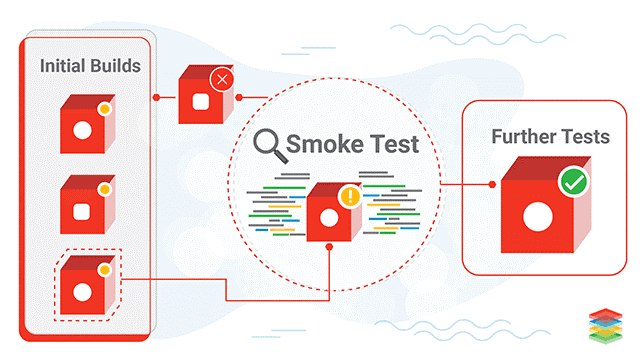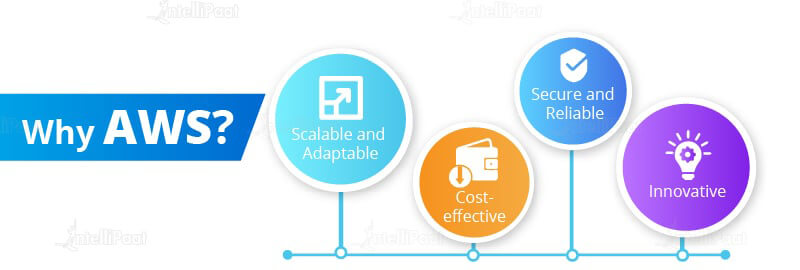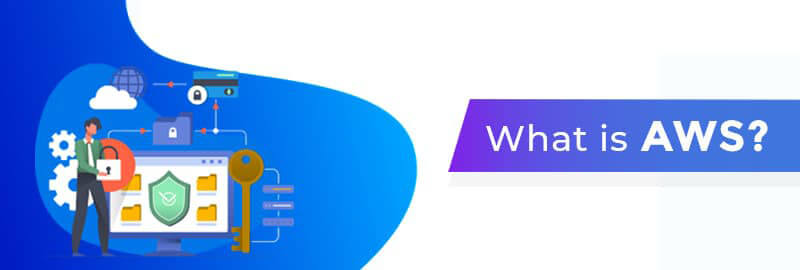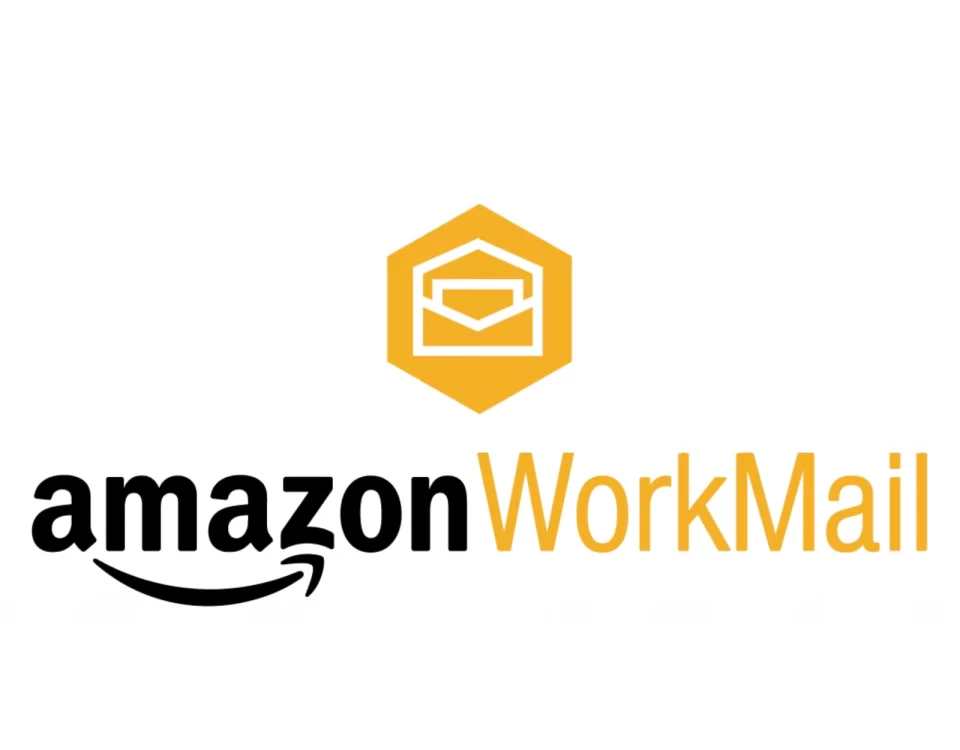
5 mistakes to avoid on your Shopify website
30th June 2020
What is Smoke testing?
2nd July 2020Amazon Web Services (AWS) is a cloud service provider by Amazon Inc. It offers cloud services in compute, storage, database, content delivery, networking, etc.
Most of the offerings from AWS are Infrastructure as a Service (IaaS), but it also offers services in PaaS, such as Beanstalk and Lambda that are hugely popular among their users.
AWS offers you all the necessary tools you would need to set up your IT infrastructure, without buying anything.
Why AWS?

Well, to answer this question, further in this AWS tutorial, let’s have a look at some statistics:
- AWS alone owns around 40 percent market share in the market, which is huge when you compare it with the second-largest cloud provider, i.e., Microsoft Azure, which owns around 16 percent of the market.
- AWS is more reliable when compared to Microsoft and Google. This was concluded, based on the cumulative downtime of the past 4 years. AWS has had the least time in cloud outages, compared to Google Cloud and Microsoft Azure.
- AWS is a more mature product as it was launched way back in 2006.
provider that has proven a history of handling complex applications, and when stakeholders think like this AWS has a lot to show in its past decade of cloud-hosting history.
For example, Netflix the world’s biggest premium video streaming service is completely hosted on AWS for its application needs.
The world’s largest e-commerce company, Amazon is also hosted on the AWS infrastructure.
Amazon Prime Video, which is yet another premium video streaming service from Amazon, is also hosted on AWS.
When you see such big players relying on the AWS infrastructure, you as a new guy in the cloud space would naturally be inclined toward AWS for your application-hosting needs.
AWS Services
AWS has around 100+ services to offer. To make it easy to understand, we will be covering only the important services in AWS, which you would be using day in day out as an AWS Engineer.
With the intent of making learning simplified, in this AWS tutorial, we have divided the AWS services into the following domains:
- Compute
- Storage
- Database
- Security
- Management
- Engagement
- App Integration
Amazon is the most customer-centric company in the world. With the same intent, it has come up with some amazing customer-friendly pricing options in AWS.
According to the AWS pricing model, you get the following benefits:
- Pay-as-you-go: With AWS, you pay for only what you use, i.e., no matter how many services or servers you launch in AWS, if you use them for say 1.5 hours, you will only be charged for 1.5 hours, nothing more nothing less. The pricing of servers depends on the configuration of the servers, starting from as low as US$0.0047 per hour!
- Save when you reserve: If you commit to a machine for a particular amount of time, you can save up to 70 percent on your AWS bills! Let’s say, you want a server, which you know you will be using for a longer time, say 2 years. You can reserve your machine for 2 years and pay a partial or full-upfront bill for 2 years, which will save you around 70 percent on the bill if you had not reserved your server.
- Pay less by using more: Yes, you read it right! With the pay-less-by-using-more feature, you get volume-based discounts, i.e., if you use more storage space on AWS, the pricing rate becomes less. The following is the pricing model:
- Up to 50 TB: 0.023 GB/month
- 51–100 TB: 0.022 GB/month
- More than 500 TB: 0.021GB/month
You can further reduce your storage bills by classifying your data into frequently accessed data and infrequently accessed data. By doing this, your data will be divided between different storage classes, such as SSD, disk storage, and magnetic tapes.





